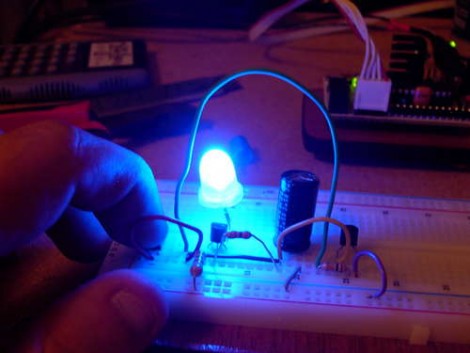
Beginner Concepts: Analog Circuits


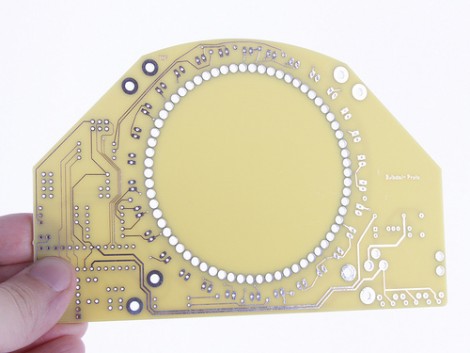
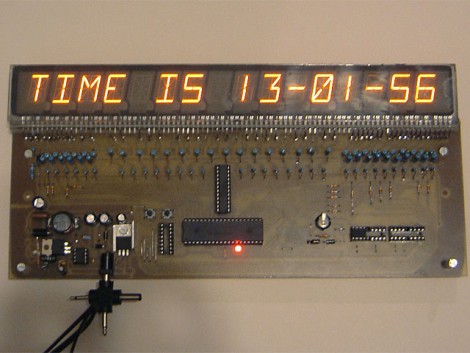
[Whoopjohn] decided to build a driver board for a display he pulled from a pinball machine. You’ve probably seen these used to scroll both score and messages using a total of sixteen 15-segment digits. We’d love to get our hands on one, and you might too but where? [Whoopjohn] notes that these were usually installed two-per machine and the driver boards were run close to their maximum ratings. That means that somewhere there’s a collection of broken machines with working displays. If you do plan to make this happen, you should be able to figure out the circuit based on this commented board layout (pdf).
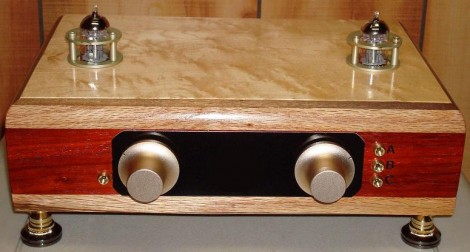
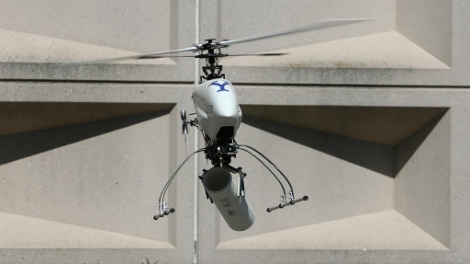
Like the Grand Theft Auto RC missions come to life, this helicopter can grasp objects for transport. They don’t have to be a special size or shape, and it can lift them even if they are not centered. This is thanks to a load-balancing hand (originally developed as a prosthesis) that relies on flexible joints and a tendon-like closing mechanism. As you can see in the video, the light-weight chopper has an on-board camera so that the operator can see what is being picked up. This little guy has no problem lifting objects that are over one kilogram while remaining stable in the air.
[Thanks Paul]